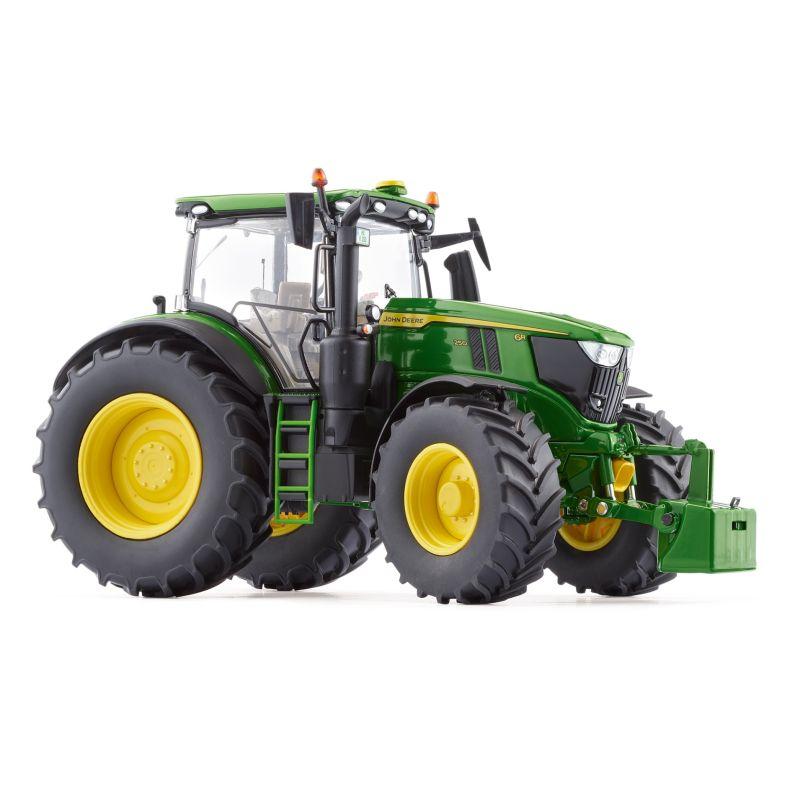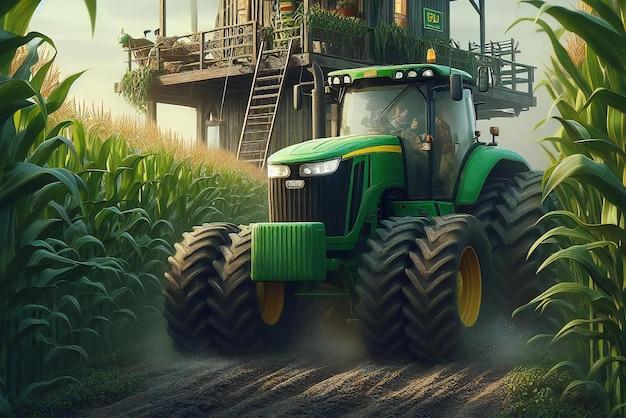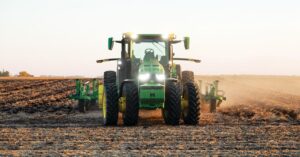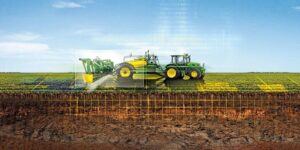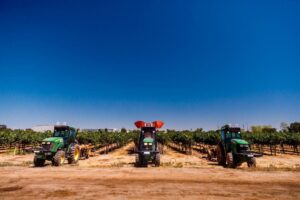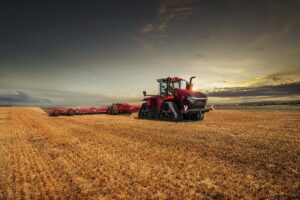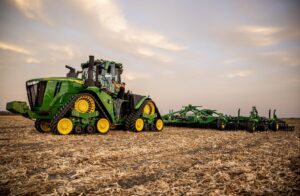The US agricultural machinery market continues to be dominated by two major players, with Deere & Company and CNH Industrial projected to maintain their leadership positions through 2029. This market dominance reflects a combination of established dealer networks,technological innovation,and brand loyalty among American farmers. As precision agriculture and autonomous solutions become increasingly significant in modern farming practices, these manufacturers are positioning themselves to address evolving market demands while maintaining their competitive edge in the domestic tractor segment. The agricultural equipment sector is poised for significant growth, with Deere & Company and CNH Industrial maintaining their dominant positions in the United States tractor market through 2029.Market analysis indicates these two manufacturing giants will collectively control approximately 65% of the domestic market share, driven by technological innovation and strategic market positioning.
Technological advancement remains a crucial factor in this market leadership, with both companies heavily investing in precision agriculture and autonomous capabilities. Deere’s autonomous tractors and CNH’s precision farming solutions demonstrate their commitment to meeting evolving farmer needs. These innovations help reduce labor costs, improve efficiency, and optimize resource utilization across farming operations.
financial projections suggest steady growth in the agricultural equipment sector, with an expected compound annual growth rate (CAGR) of 4.8% from 2024 to 2029. This growth is supported by increasing farm mechanization, rising labor costs, and government initiatives promoting modern farming practices.Market data reveals that medium-horsepower tractors (40-100 HP) will continue to represent the largest segment, accounting for approximately 45% of total sales. This preference reflects the versatility these machines offer across various farming applications and property sizes. Meanwhile, high-horsepower tractors (above 100 HP) are expected to show the fastest growth rate, driven by large-scale farming operations and precision agriculture adoption.
Regional analysis indicates the Midwest will remain the strongest market, representing roughly 35% of total U.S. tractor sales. The Southeast and Great Plains regions follow, with projected market shares of 25% and 20% respectively. These regional patterns align with traditional agricultural strongholds and emerging farming operations.
Both manufacturers have expanded their dealer networks and after-sales service capabilities, ensuring comprehensive coverage across key agricultural regions. This infrastructure investment strengthens their market position and provides crucial support to their customer base. additionally, their financing arms offer competitive options, making their equipment more accessible to farmers of varying scales.Environmental considerations also play a vital role in their market strategy, with both companies developing electric and hybrid tractor options. These initiatives align with increasing environmental regulations and growing demand for sustainable farming solutions. Industry experts predict that option power sources will represent 15% of new tractor sales by 2029.
Competition from other manufacturers, including Kubota and AGCO, continues to influence market dynamics. However, Deere and CNH maintain their edge through established brand reputation, extensive dealer networks, and consistent product innovation. Their focus on integrated farming solutions, combining hardware with software and data analytics, further solidifies their market leadership.
Rising input costs and farm income fluctuations remain key factors affecting tractor sales. Though, the long-term outlook remains positive, supported by global food demand and the increasing adoption of precision farming technologies.